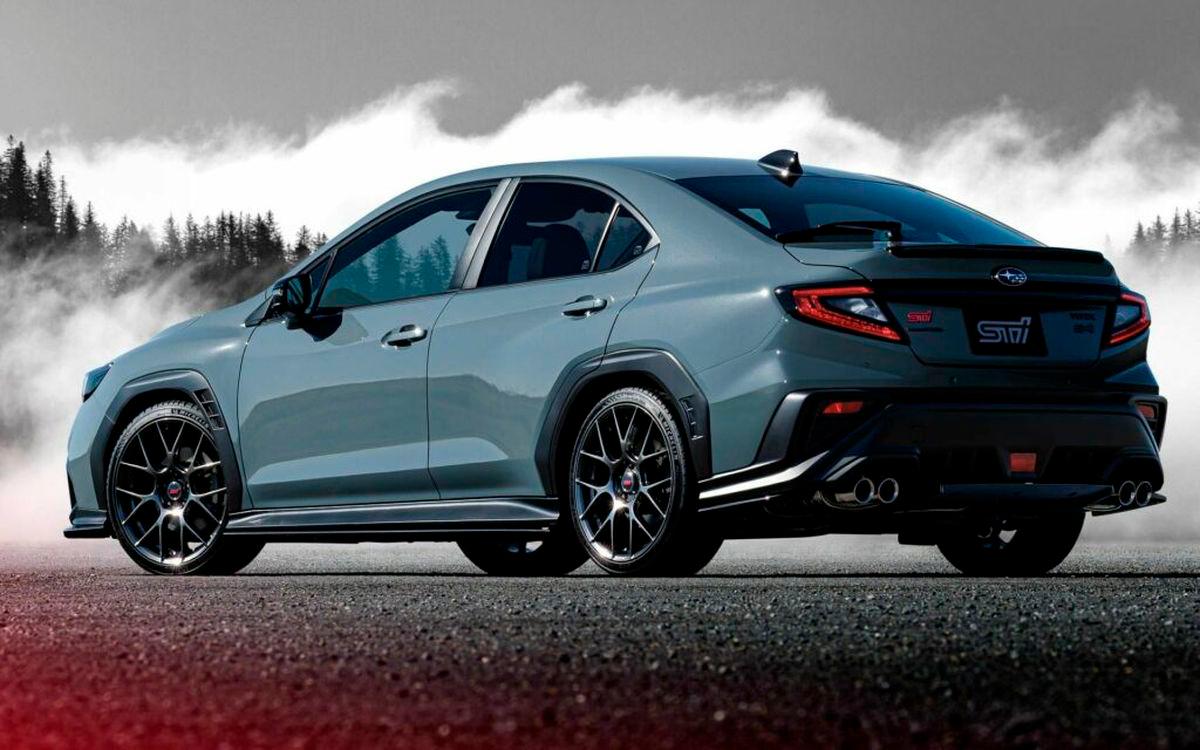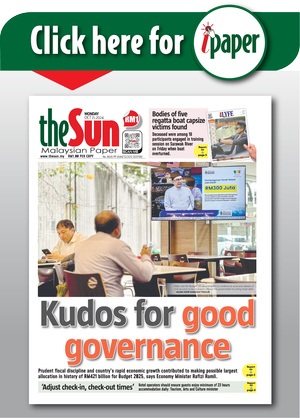PETALING JAYA: Fully imported or Completely Built-Up (CBU) vehicle prices in Malaysia have increased since the start of 2025 after the government implemented a new tax calculation method.
MAA vice president Syed Ahmad Muzri Syed Faiz told paultan.org that starting January this year, the government discontinued the use of docket pricing for new cars.
Under the previous system, once a gazetted price was applied, it remained fixed indefinitely for that model until it was replaced. The new system, however, aligns with World Trade Organisation (WTO) requirements by replacing docket pricing with per-unit tax calculations based on the vehicle’s transacted value.
“All the taxes – import duty, excise duty and sales tax – will be paid based on warta kerajaan, or gazetted pricing,” he was quoted as saying.
“This is for the calculation of import duty, excise duty and sales tax compounded. The formula is fixed, it’s just that the gazetted pricing has been abolished and replaced with transacted value,“ he was quoted as saying.
CBU car companies are among the most affected, especially those handling lower-volume models, as customs clearance and taxes now apply to individual units.
Price increases vary by model and are influenced by fluctuating exchange rates, as companies purchase vehicles in different currencies depending on the brand.
“For transacted value, even between January and July, the exchange rate is different. So that is one impact,” he explained.
The tax structure is applied to the vehicle’s FOB price upon arrival in Malaysia, with import duty set at 30%, excise duty ranging from 60% to 105% depending on the powertrain, and sales tax at 10%.
“So that gap is variable, depending on multiple factors,” Syed Muzri said.
When asked why new cars are more affected than grey imports, he explained that parallel importers bring in used vehicles with varying values, such as 13-month-old cars.
He said the impact is being felt across the board, though the scale differs.
“If you look at the AP (Approved Permit) policy here in Malaysia, the cars can be 13 to 60 months old, whereas new cars are brand new—so there is always a gap,” he added.









